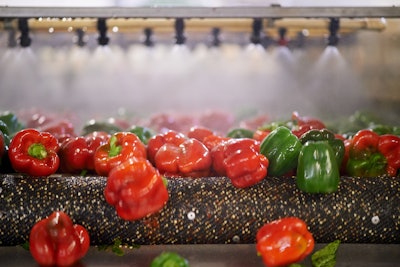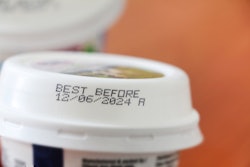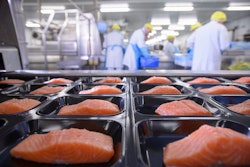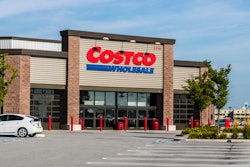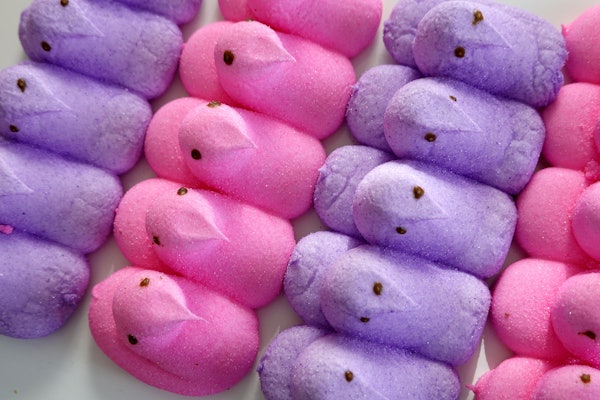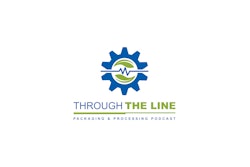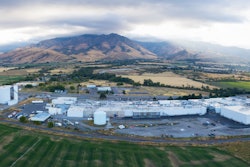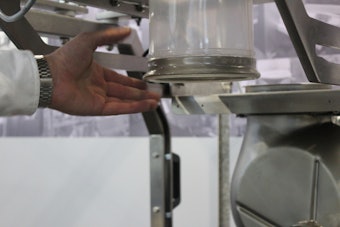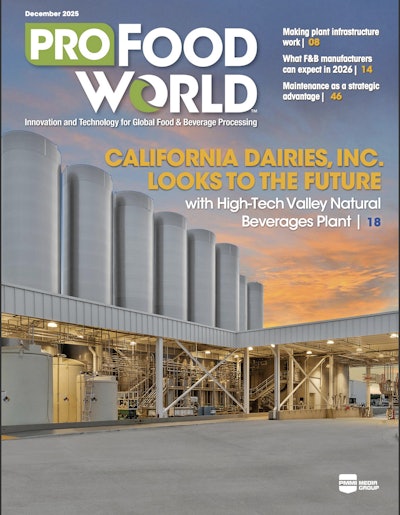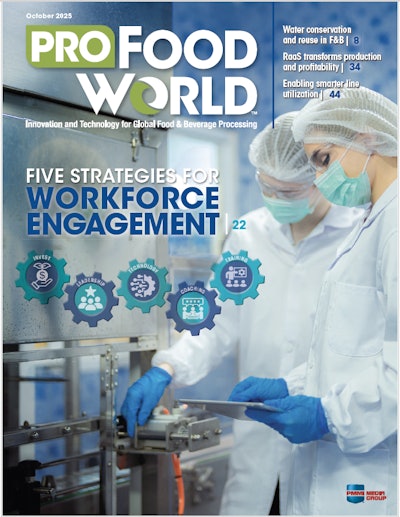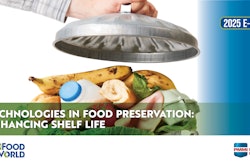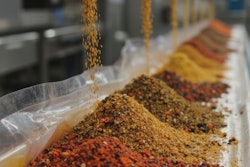Food recalls seem to be trending in the wrong direction, given the rise of cases in late 2024. Salmonella is a notable pathogen that has given food manufacturers trouble for years, but are 2024’s cases a reason for increased concern?
The number of food and beverage Salmonella recalls in the United States increased from two in 2018 and 2019, to 6 in 2020, according to data obtained from the Food and Drug Administration (FDA)’s Recalls, Market Withdrawals, and Safety Alerts. The frequency in recalls roughly remained the same from 2020 to 2021. However, a major surge occurred in 2022.
After a total of seven recalls in 2021, the number jumped to 40 the following year. The total decreased to 27 in 2023, and as of Dec. 3, 2024, there have been 32 recalls within the year.
 | Read this story on a recall of cucumbers due to possible salmonella contamination. |
3 possible reasons for the Salmonella surge
Salmonella cases remain high relative to previous years, but the potential causes of the rise will have manufacturers unpanicked, yet alert, according to insight from Daren Detwiler, a food safety advisor, author, and professor who holds a Doctor of Law & Policy (LP.D.) degree in Food Policy from Northeastern University.
“The rise is partly due to improvements in detection,” Detwiler told Northeastern Global News in September of 2024.
Processes and technologies that detect pathogens have improved over the years, which partially explains the uptick in cases. However, there are two other factors to consider as well.
“The complexity of the modern food supply chain, with its reliance on global sourcing, increases the risk of contamination at various points from production to distribution,” Detwiler added.
Moreover, changes in consumer preference toward ready-to-eat foods and fresh produce, which are more susceptible to contamination, have heightened risks, Detwiler explained.
These explanations do not necessarily indicate reasons for manufacturers to panic. Still, it is important to remain diligent in processes that help identity and remedy contamination of pathogens like Salmonella to keep products safe.
